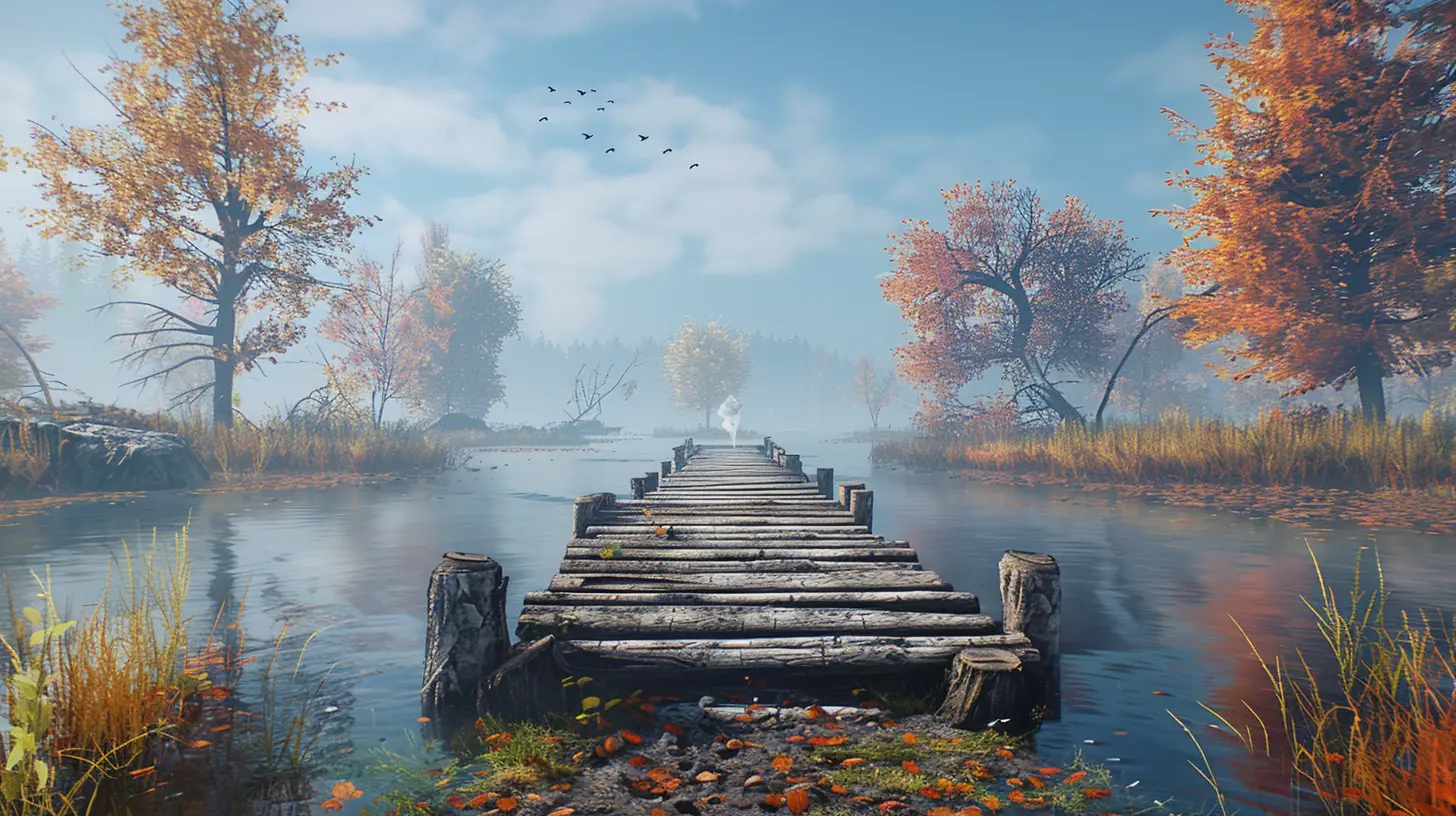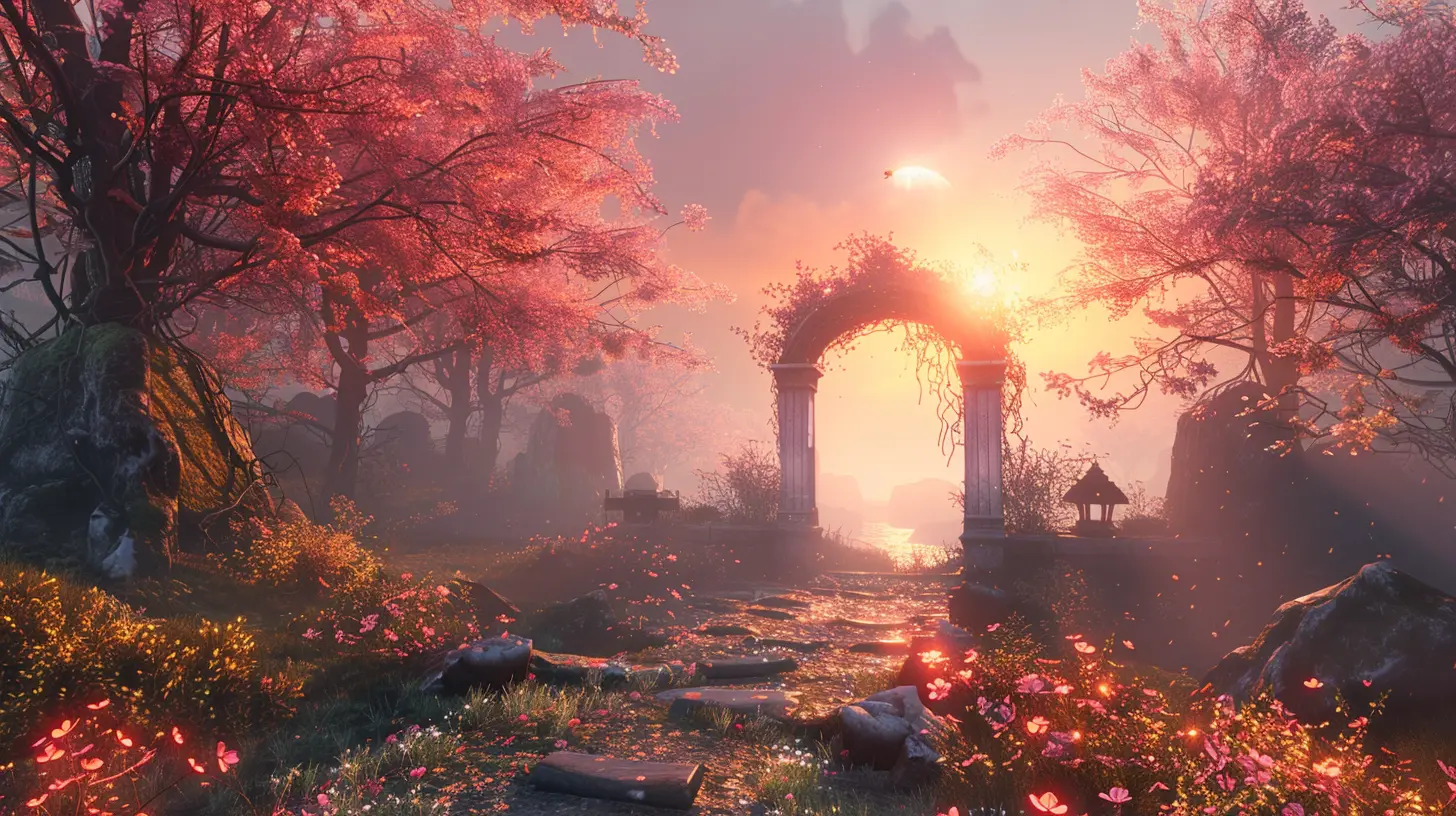Balancing Expectations: A Deep Dive into Early Access Development
27 August 2025
If you’ve ever been hyped about a game only to find it in Early Access and... well, a little rough around the edges, you’re not alone. Early Access games are a wild ride — sometimes you find a hidden gem, and other times, you get a buggy mess that feels like it was built in someone's garage during a power outage.
But here's the thing: Early Access isn't about perfection. It's about potential. It’s a chance for developers and gamers to work together, shaping a game from the ground up. Sounds cool, right? But as with anything in gaming, expectations can make or break the experience.
In this deep dive, we’ll unpack the realities of Early Access, what it means for developers and players, and more importantly — how we can all strike a healthy balance between ambition and realism.
What Is Early Access, Really?
Let’s get on the same page first. Early Access is a game development strategy where developers release a playable version of a game to the public before it’s officially finished. Think of it like a beta — but one you pay for.Steam made this model mainstream, offering developers a way to fund ongoing development while getting real-time feedback. Some games thrive in this space (hello, Hades!), while others… kind of fade into digital oblivion.
So, why the mix of success and failure? It usually boils down to expectations.
The Dev Side: Why Developers Choose Early Access
Imagine you’re a small indie dev with big dreams and a tight budget. Early Access gives you a lifeline. With some early sales, you can keep the lights on, grow a community, and test your ideas in the real world.Key Benefits for Developers
- Funding: You don’t need a publisher if the community supports your vision.- Feedback Loop: Real players give real feedback—super valuable in the dev process.
- Community Building: Involve your audience early, and they might stick around for the long haul.
But there’s a flipside, too.
The Risks for Devs
When you go public early, you also expose your baby to criticism. Harsh, sometimes unfair criticism. And if updates are slow or buggy, even your most loyal fans could turn into angry Reddit critics.
The Player’s Perspective: What We Want vs. What We Get
Gamers are passionate — sometimes a little too passionate. When we buy Early Access games, we often expect a near-finished product. After all, we paid money, right?What Players Expect
- A playable experience (not a tech demo).- Frequent updates and bug fixes.
- Communication from devs.
- A roadmap with a clear vision.
What Players Often Get
- Incomplete mechanics.- Game-breaking bugs.
- Silent devs.
- Delays (oh, the delays).
It's kind of like ordering a sandwich and getting just the bread with a note saying, “Ham coming soon!”
Why Expectations Go Off the Rails
Have you ever scrolled through a game's Steam page and seen epic trailers, bold promises, and screenshots that look AAA-level? Yeah, that’s the hype machine at work.Marketing is a double-edged sword. On one hand, you need to sell your vision. On the other, overselling leads to disappointment if the product doesn’t match the pitch.
Here’s where things go sideways:
- Misleading Trailers: Rendered E3-style trailers don’t always reflect the current state of the game.
- Overpromising: Roadmaps that list every mechanic under the sun... with no clear timeline.
- Unrealistic Timelines: “Full release in 6 months!” becomes 2 years (or never).
The Communication Factor: Be Honest or Go Home
This one’s huge. Whether you’re a dev or a player, communication is key. Developers who talk openly about progress — successes AND setbacks — tend to keep their communities more engaged and forgiving.Transparency Builds Trust
Games like “Valheim” and “RimWorld” excelled in Early Access largely because the devs kept things real. They told players what was coming, what was broken, and even what they weren’t sure about yet.On the flip side, silence kills hype. Players start imagining the worst — abandoned projects, broken promises, wasted money.
The Magic of Community Feedback (When It Works)
Early Access works best when developers genuinely listen. Players aren’t just customers; they’re co-creators. Think of it like building a pizza with friends — everyone has ideas, and the final pie should reflect the best of all worlds.But not every suggestion can be gold. That’s where devs have to curate feedback carefully. Otherwise, you end up with a kitchen-sink game that tries to do everything — and fails at all of it.
Best Practices for Feedback Loops
- Use forums, Discord, and in-game surveys to gather feedback.- Set boundaries: Not every idea fits the vision.
- Acknowledge players, even when you can’t implement their suggestions.
The Road to 1.0: When Is a Game Really “Done”?
So many Early Access games linger in limbo. You’ve probably seen it: Version 0.93b… for like, 3 years. It’s frustrating. But here’s a secret — most devs are terrified of launching 1.0.Why? Because once you slap that “Finished” label on your game, the pressure doubles. Reviews become harsher, players expect polish, and media scrutiny steps in.
Signs a Game is Ready for Full Release
- Core mechanics are complete and stable.- Most bugs are squashed.
- The devs are just adding polish or extra content.
- A solid player base already loves the game.
Waiting for perfection is a trap. Games like Minecraft thrived post-1.0 because they kept evolving. In truth, a game is never really “done” — it just shifts from building to improving.
Player Responsibility: Buy with Eyes Wide Open
This one’s for us, the players. When you buy an Early Access title, you’re investing in potential, not a final product. You’re part of the process, not just the audience.Tips for Smart Early Access Choices
- Read the reviews — especially the recent ones.- Check update history — is the dev active?
- Join the community — forums and Discord can tell you a lot.
- Look for roadmaps — is there a plan, or just vague promises?
And don’t expect AAA polish for $10. Early Access isn’t about instant gratification; it’s about watching something grow.
When Early Access Goes Wrong
Let’s not sugarcoat it. Some Early Access projects go off the rails. Dev burnout, lack of funds, or just plain bad planning can kill a game before it’s finished. Remember “Godus”? Yeah, enough said.That’s the risk we take when we back a work-in-progress. It’s kind of like crowdfunding — you might end up holding a golden ticket or a fancy-looking coaster.
When It Goes Right: Early Access Success Stories
Not all is doom and unfinished code. Many legendary games started in Early Access and crushed it:- Hades: Supergiant Games nailed player feedback and frequent updates.
- Dead Cells: Constant tweaks based on community input.
- Subnautica: Amazing example of slow, steady improvement.
- Baldur’s Gate 3: Though once criticized for bugs and missing features, it bloomed into a fully acclaimed RPG.
These games share a common thread: clear vision, honest communication, and respect for the player base.
The Future of Early Access: Where Do We Go From Here?
Early Access isn’t going anywhere. If anything, it's becoming more polished and structured. Platforms like Steam now require developers to explain their development plans upfront. Transparency is becoming the standard, not a bonus.We might even see subscription-based Early Access ecosystems, curated indie showcases, or even AI-assisted bug fixing. The possibilities are wide open — but so are the pitfalls.
Closing Thoughts: Be Patient, But Be Smart
Balancing expectations in Early Access is a two-way street.Developers need to be honest, transparent, and consistent.
Players need to be patient, informed, and realistic.
If both sides do their part, Early Access can be one of the most exciting parts of the gaming world — a place where games evolve with the community, not in secret behind closed doors.
So next time you dive into an Early Access title, ask yourself: Am I here for the experience… or am I just chasing the finish line?
Either way, enjoy the ride. Sometimes, the journey is more fun than the destination.
all images in this post were generated using AI tools
Category:
Early Access GamesAuthor:

Madeleine McCaffrey
Discussion
rate this article
2 comments
Trevor Carter
Fascinating insights on the Early Access journey! It’s intriguing to explore how developers navigate player expectations while evolving their games. I'm excited to see where this balance leads us!
December 2, 2025 at 4:48 AM

Madeleine McCaffrey
Thank you! I’m glad you found it intriguing. Balancing expectations is indeed a crucial part of the Early Access journey, and I'm excited to see how it evolves too!
Sophia McWain
Early Access empowers developers and players alike—let's embrace the journey of innovation and collaboration for a brighter gaming future!
August 29, 2025 at 4:29 PM

Madeleine McCaffrey
Absolutely! Early Access fosters innovation and collaboration, paving the way for a more engaging and player-driven gaming experience. Let's continue to embrace this journey together!


